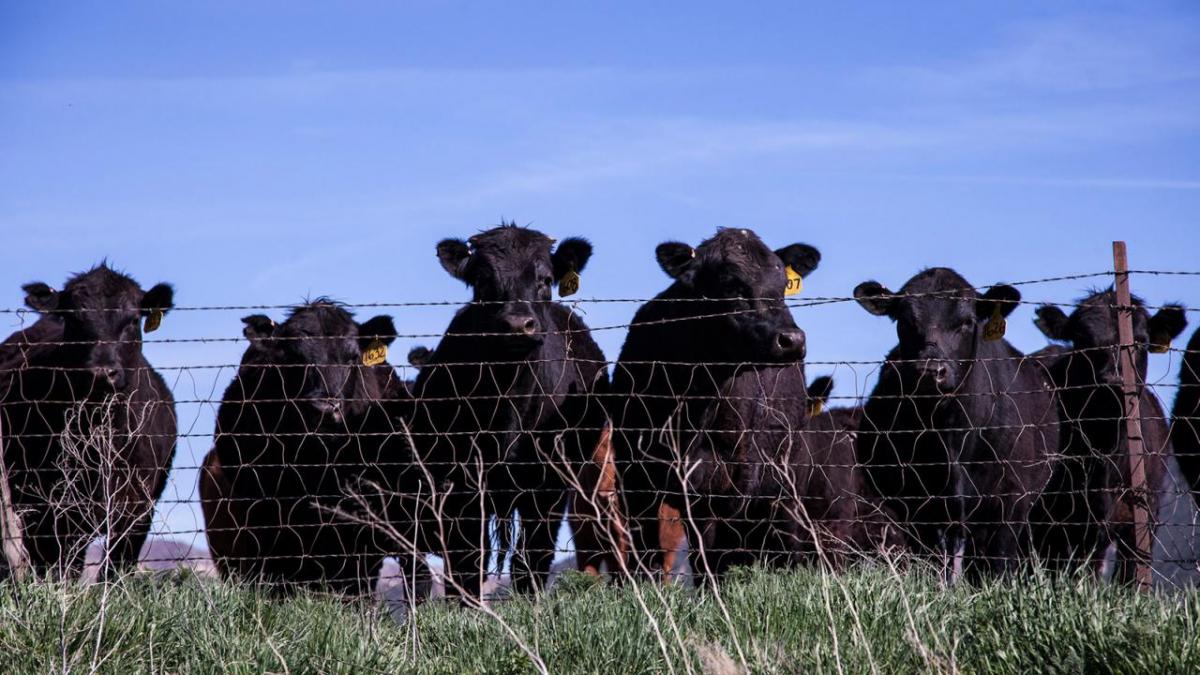This article was first published by In the Cattle Markets.
Much of this past crop year has focused on the larger than normal uncertainty of supply in the grain markets due to delayed planting, slow crop progress, and prevent planting acres. As the supply of corn decreases basis increases. Increasing basis is favorable for grain producers but less favorable for ethanol plants. Due to lack of supply and increasing basis coupled with small-refinery waivers issued by the EPA, many ethanol plants have chosen to temporarily stop operating. For example, the Sioux Center ethanol plant halted production in the middle of September.
Lets take the Sioux Center ethanol plant as example to illustrate the lack of supply and corresponding response in corn basis. First, Farm Bureau complied the USDA FSA’s corn prevent planting report (https://www.fb.org/market-intel/prevent-plantings-set-record-in-2019-at-20-million-acres). Examining this chart shows that the Sioux Center ethanol plant is at the edge where county level prevent plant acres were greater then 25,000 acres. The only other area that has more prevent planting is Northern Ohio and Southern Michigan. Thus, current and future supply for this area is likely low. Using grain elevator bids and the Corn Dec 2019 contract Kansas State spatially plots corn basis (i.e. Cash Price – Nearby Futures Prices) (https://www.agmanager.info/grain-marketing/grain-basis-maps). In around the Sioux Center area, basis increased anywhere from $0.05-$0.15 per bushel in the month of September. Thus, input price for corn ethanol plants increased.
The effect of an ethanol’s plant decisions to temporarily shut down or cut production can be seen in the weekly ethanol production report released by the EIA. In the month of September, Midwest ethanol production was down about 4% compared to 2018. As the value of ethanol declines and corn prices rise, sales of byproducts such as distiller grains becomes more important for ethanol plant profitability. For example, for a representative Iowa ethanol plant distiller grain sales accounted for 21% of all gross revenues over the past 10 years (https://www.extension.iastate.edu/agdm/articles/hof).
This reduction in ethanol production ultimately affect the cattle market through dry, modified wet, and wet distiller grains – a popular feed in rations for Northern Plains cattle feeders. Decreasing ethanol production would lower the supply of byproducts such as distiller grains. As the supply of distiller grains decreases prices would rise. As input price rises, some cattle feeders will shift away from distiller grains towards other forms of feed that maintain the same energy and protein content such as steam flaked corn. In Nebraska, the price of dry distiller grains relative to corn has been increasing since May of this year and is 7% more expensive in the month of September. Since distiller grains are difficult to hedge compared to corn, movements in the ethanol industry are likely to disproportionately affect cattle feeders that already rely on feeding distiller grains more than cattle feeders that rely on feeding corn. Further, tariffs have removed China from the distillers grain market in recent months. Additional international demand from them and the rest of world will further increase the price of distillers but this is unlikely in the near term.
